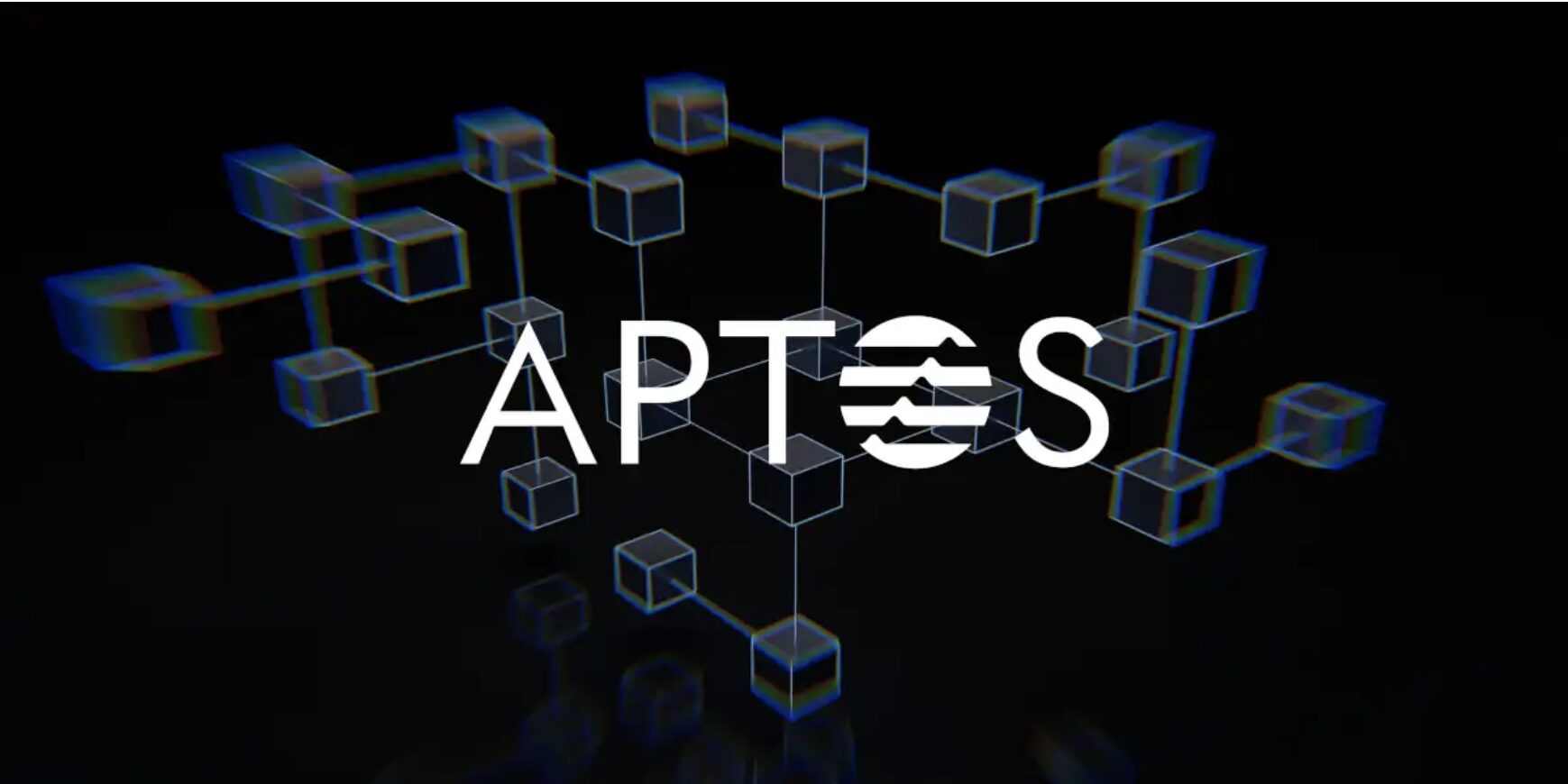Stablecoins are an innovative mechanism for users, businesses and investors alike. This is especially true in a world where cryptocurrency markets are notoriously unstable. Stablecoins pegged to assets like the US dollar offer unparalleled benefits, combining the stability of traditional currencies with the speed and transparency that come from blockchain technology. However, how can one practically use stablecoins in a volatile market?
Stablecoins serve as a dependable solution during turbulent crypto conditions. They allow traders to protect themselves from unfavourable market-moving trades, allow swift transactions for freelancers, and give DeFi defenders the ability to explore new possibilities.
In this article, we will unveil the strategies and real-life settings that showcase the use of stablecoins and fully illustrate why they are much more than just the name.
Practical Applications of Stablecoin

- Cross-Border Payments
Within the blockchain ecosystem, stablecoins serve as practical solutions to a range of market challenges. Their primary utility sits within cross-border payments. Companies such as PayPal have capitalized on this emerging frontier by developing and issuing the PYUSD stablecoin for instant international transactions in 2023. Similarly, businesses and freelancers are increasingly utilizing stablecoins such as USDT and USDC to avoid national banking system costs and slow payment systems.
- Hedge against Volatility
When considering volatility, another common use case comes to mind. During the crypto market implosion in 2022, a vast majority of investors shifted their Bitcoin and Ethereum positions into DAI. This approach, and the adoption of more DeFi platforms that support trading between various crypto assets, made value-driven investors benefit greatly.
- Remittance
In addition, stablecoins are an emerging winner for remittances. With the degree of inflation and the currency depreciation in Nigeria and the Philippines, stablecoins become particularly useful. Companies like Stellar and Ripple are already using them as the bridge currency to enable millions of people to send remittances at much faster and cheaper rates.
- Decentralized Finance
Stablecoins are the driving force behind DeFi, as they facilitate lending, borrowing, and yield farming. Just as Circle’s USDC is highly accepted as collateral on Aave and Compound, many users base borrow against it. With this, users earn interest annually at the rate of 8%. In 2023, the uppermost value, which is the total value locked (TVL) in all DeFi protocols utilizing the aid of stablecoins, is over $20 billion, which shows a significant impact increase in the number of accounts.
- Inflation against Emerging Markets
In nations like Argentina and Turkey, where local currencies and the rate of the currency tend to grow very swiftly, stablecoins are used to save the value. To safeguard savings from hyperinflation, USDT and BUSD are increasingly defended by citizens. In 2023, Argentina experienced a 300% growth in the use of stablecoin due to the high rate of depreciation of the peso.
How Stablecoin Can Be Used
Stablecoins are a fundamental part of strategies in cryptocurrency investment, particularly in volatile markets. These are five detailed strategies that project 2024 and 2025 while leveraging stablecoins in the following ways:
- Portfolio Diversification
In 2024, popular cryptocurrencies like Bitcoin and Ethereum experienced high volatility due to macroeconomic uncertainty. Investors are increasingly allocating 20%–30% of their portfolio to stablecoins like USDC and DAI. For example, during the mid-2024 market correction, those who had proactively diversified their portfolio into stablecoins were able to escape the event and later reinvest when losses were stabilized.
Effective portfolio management systems like Binance Earn and Coinbase Advanced will enable seamless automated rebalance feature provisions starting in 2025. These features help investors maintain a stablecoin reserve during harsh market conditions.
- Timing the Market with Stablecoins
In early 2024, a new regulation affecting altcoins was enacted, spurring a distress sale across the market. This incident put traders in a situation where they had to hurriedly sell their tokens to avoid a 40% price drop in altcoins. To save themselves, traders at the time converted their tokens to USDT and BUSD. AI-trading bots like 3Commas have been predicted to incorporate stablecoin strategies capable of instantly shifting weak assets into stablecoins during bear market periods and reversing the process once the bullish cycle is established.
- Hedge against Inflation
In 2024, countries such as Turkey or Nigeria are said to be undergoing hyperinflation, which is a phenomenon of rapid and uncontrolled price inflation in which local currencies are collapsing in value. People are shifting to stablecoins such as USDT and USDC to insure their savings.
For instance, freelancers in Nigeria have adopted the use of USDT as a means to accept payment outside the country, especially when the Naira was devalued. Countries such as Cambodia, the Eastern Caribbean Currency Union, India, Georgia, and Sweden have started working on the adoption of CBDC to help against inflation and smooth border transactions.
- Earn passive income
Stablecoins serve as the pillar of decentralized finance (DeFi) and its users. For example, AAVE and Compound let users deposit stablecoins like DAI and USDC and earn interest. In 2023, the range of stablecoin deposits’ annual percentage yield (APY) for these services was between 3% and 8%, making it an ideal platform for passive income.
Challenges and Risks
While stablecoin promises a bright future with the increase in its adoption and use, it still faces some challenges. Here are a few of these challenges:
- Regulatory Uncertainty
The biggest issue for stablecoins is that no one is quite sure how to regulate them. In 2021, the SEC investigated Tether’s business, wondering if they had enough money to back up their coins. Then in 2023, Europe introduced the Market in Crypto-Asset (MiCA) regulation that imposes stricter regulations on stablecoin issuers, including its reserves and transparency measures.
- Centralization Issues
Stablecoins like USDT and USDC are run by single companies, which can be risky. For instance, in March 2023, Circle, the issuer of USDC, faced a crisis with Silicon Valley Bank, which led to part of its reserve being seized. This incident led to a drop in USDC price by $0.87 before recovering.
- Market Manipulation
Stablecoin has also, in some cases, been used to manipulate crypto markets. For instance, a study conducted by the University of Texas in 2018 disclosed that Tether (USDT) was used to inflate market prices during market downturns. Issues like this undermine trust in stablecoin and the crypto market at large.
Future Outlook (Application-Focused)
Stablecoins are changing how money moves around the world, creating a bridge between old-school banking and digital money. People are finding new ways to use them beyond just trading crypto.
Think about sending money across borders—stablecoins make it quick and cheap because you don’t need banks. Companies can use them to pay workers anywhere in the world without dealing with slow bank transfers or high fees.
In the world of DeFi (that’s decentralized finance), stablecoins are super useful. People can lend them out to earn interest or borrow against them, and they don’t have to worry about crazy price swings like with Bitcoin. Smart contracts are starting to use stablecoins too, which could make things like buying houses or managing supply chains much smoother.
As governments figure out how to handle stablecoins, more businesses and banks will probably start using them. Users might even see them pop up in regular online shopping.
Conclusion
Stablecoins are at a turning point. More governments are figuring out how to handle them, regular banks are starting to pay attention, and the technology keeps getting better. All of this means stablecoins could become a really important part of how money works around the world.
But it’s not all smooth sailing. The big challenges are making sure these coins are safe, that the companies behind them are honest about how they work, and that no single group has too much control. These problems need fixing if stablecoins will stick around for the long run.
So, whether you’re just a regular person, running a business, or working in government, it’s worth keeping an eye on stablecoins. They’re helping connect traditional banking with new blockchain technology, and their role will probably get even bigger as time goes on. The future of money is changing, and stablecoins are right in the middle of it all.
Read also: Cross-Chain Interoperability: How Businesses benefit from blockchain communication






